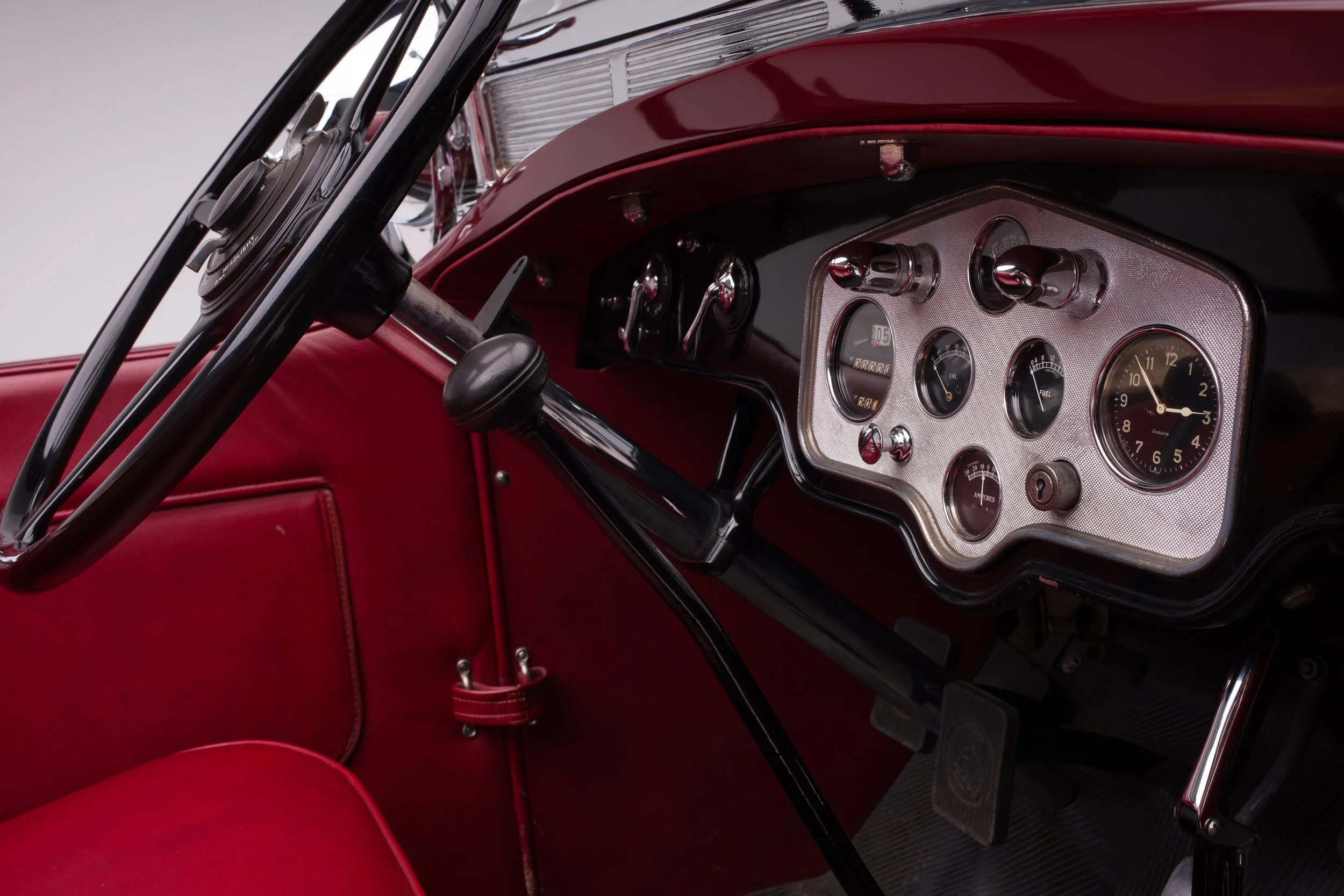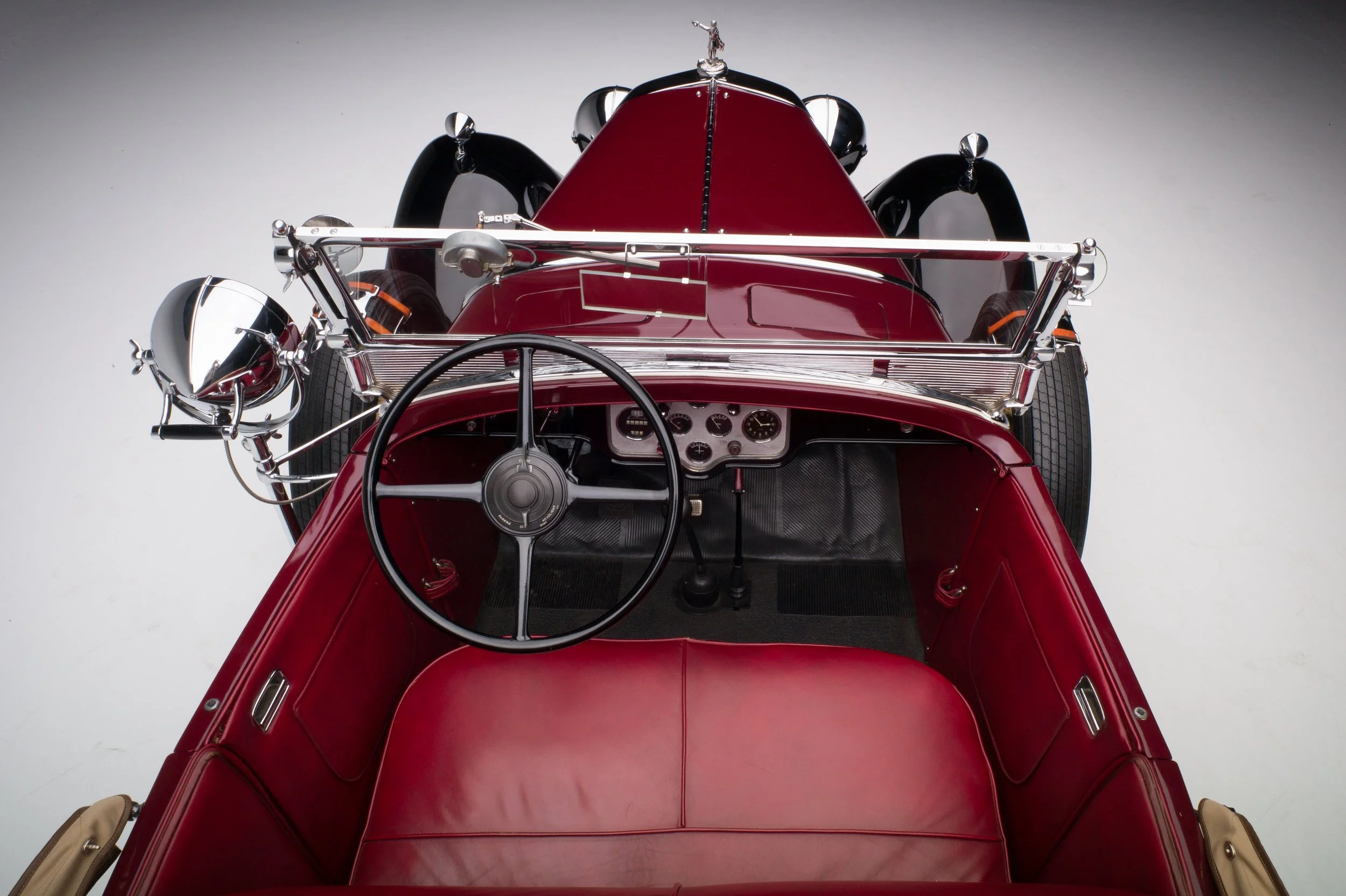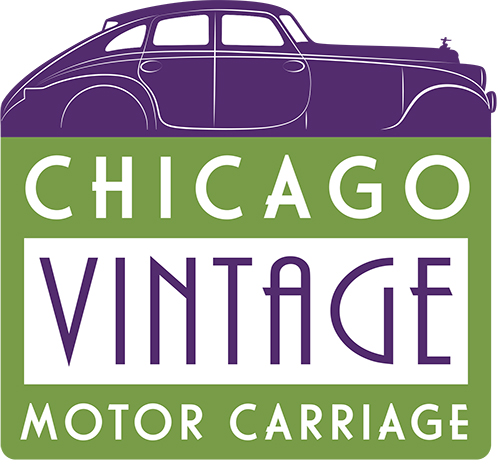1929 LaSalle Series 328 Roadster









1929 LaSalle Series 328 Roadster
We tend to think of LaSalle as a companion brand to Cadillac, but it would be more accurate to say it was created to compete with Packard. Actually, it wasn’t “Packard” the company, but one Packard in particular, their hot-selling light six simply called “The Six.”
- YEAR & MAKE - 1929 LaSalle
- SERIES - 328
- BODY TYPE - 4 Door, 2/4 Passenger Rumbleseat Roadster
- BODY BY - Fisher Body Corp.
- # CYLS. - V8
- TRANSMISSION TYPE & NUMBER - 3 Speed, Synchro-mesh Transmission, Rear Wheel Drive
- WEIGHT - 3,990 lbs
- ESTIMATED PRODUCTION - 22,961 (All Models)
- HP - 80
- C.I.D. - 328
- WHEELBASE - 125″
- PRICE NEW - $2,345
GM was in some ways in a corner with Cadillac–to maintain their hold in the luxury market, they had to keep Cadillac’s appeal broad, and take every precaution to avoid alienating any current owners. That meant utter traditionalism and incremental change, mostly mechanical where it wouldn’t be seen. Major styling revisions were approached slowly and with more than a little fear. When Packard introduced a six-cylinder car, Cadillac feared that a comparable offering might dilute the brand. But they learned that the Packard neatly slotted into the space between Buick and Cadillac, which is exactly what Buick owners moving up thought, too. Packard’s reputation was at least as good as Cadillac’s, so Buick buyers who wanted their first true luxury car happily bought The Six in the thousands. Packard’s huge volume even meant regular price reductions as the Twenties went on.
GM president Alfred P. Sloan, Jr. and Cadillac president Lawrence P. Fisher recruited up-and-coming stylist Harley Earl to style a new line of cars for the $1,000 gap between Buick and Cadillac. The LaSalle design was lighter, with shorter wheelbases and far more elaborate designs. Earl later openly said his wonderful ideas for LaSalle were inspired by Hispano-Suiza. The public reception of these cars’ styling was key to establishing Earl–and LaSalle–as Detroit’s style leaders. LaSalle also had an entirely new V-8 and was built fully to Cadillac quality standards, but without Cadillac styling preconceptions.
Originally introduced in 1927 and marketed through Cadillac dealers, by 1929 LaSalle made up 70% of Cadillac division’s total sales, although still not at Packard levels. For the most part, the smaller and lighter idea had gone out the window, but there were exceptions.
In 1929, LaSalle was growing in size and offered two wheelbases, the shorter of which was 125 inches. Only three bodies were still offered for that chassis and of those, the Fisher-bodied Roadster was the lightest, if not entirely sprightly at around 4,000 pounds. What it did have was the continually improved LaSalle “303” 90-degree V-8, now displacing 327.7-cu.in and rated very conservatively at 86hp. LaSalle’s engine proved so good that in 1928 Cadillac had adopted it, as well. LaSalle also debuted a fully synchronized transmission in 1929. When you consider that the smallest and lightest Cadillac was on a 140-inch wheelbase; weighed 800 pounds more and cost another $1,100, then getting not only the same engine but all of the Cadillac quality in a striking Harley Earl-styled body looks like a very attractive proposition.
Nineteen-twenty-nine was the last year that LaSalle was truly identifiable as its own car. For 1930, Cadillac brought styling closer to the family and ended production of the short-wheelbase cars, as well. Other great LaSalles were still ahead, but they were ever larger cars. The era of the small, sporty and gorgeous LaSalle as envisaged by Larry Fisher is epitomised by this roadster’s glorious style.
LaSalle #407132 was reportedly one of many important cars owned by Paradise Valley, Arizona’s Wally Herman, who passed away in 2001. Richard Sills, a past President of the national Cadillac LaSalle Club, was able to verify that Wally Herman did receive CLC Senior Award badge #123 for this car in Phoenix, Arizona, in 1992. Dave Dubie, President emeritus of the Sonoran Desert region of the Cadillac LaSalle Club, was a business partner with Wally and advised us that Wally used to slip his Copperstate Auto Brokers card down the window into the drivers’ side door of his cars. When the opportunity presents itself, we will remove the inner door skin to find out if that was the case with this LaSalle. While Dubie recalls the distinctive spotlamp equipped here, we have not yet been able determine when or from whom Wally acquired the car.
